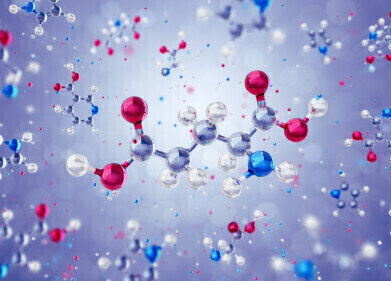Ion chromatography (IC)
Is Chromatography the Solution to Saving Endangered Plants?
Feb 14 2018
As the climate changes and man wages war on the natural environment in pursuit of new resources, it is often the plants that forgotten about. After all, they are not soft, furry and photogenic like animals that tug at our heartstrings. So, it is often left to scientists to save as many plant species as they can — especially as we have only just begun to tap into the potential medicinal properties some plants possess.
A recent paper published in the journal Plant Cell, Tissue and Organ Culture, has investigated how chromatography could help in the saving of some plants that are particularly difficult to cultivate in labs. The method will allow researchers to further understand how to propagate and conserve some recalcitrant plant species.
Auxin and cytokinin
In the laboratory, plants are grown in a growth medium — as it is easier to control the conditions than using the usual soil they grow in when in the wild. The growth medium is usually an agar-based gel which has the required nutrients added depending on the plant. These nutrients are supplemented by phytohormones, or plant growth regulators (PGRs). These regulators can be used to help the researchers produce plants with specific characteristics.
Two of the main PGRs are auxins and cytokinins. Auxin was the first PGR to be discovered, and the effect of the two PGRs was reported in the 1950s using research on tobacco leaves. If the plant has access to high auxin and low cytokinin, it will tend to root production; while shoot production can be facilitated by low auxin and high cytokinin.
Totipotency — cells grow into any type of cell
Totipotency means that any cell in a plant can grow into any other type of cell — and that whole plants can eventually be generated from any type of cell. Totipotency if the basis of plant tissue culture, where in theory, whole plantations can be grown from a single leaf. Unlike traditional methods which require large cuttings to be made to propagate a new plant, tissue culture requires only small amounts of plant samples. And when there are only small amounts or rare plants are available, you can see the benefits over traditional methods.
Chromatography measures the regulators
Traditional methods of cultivation use time-consuming methods to determine which plant regulars affect a plant. But the work reported on above shows that chromatography could be useful in giving researchers a quick indication of the PGRs in a plant. Using liquid chromatography – mass spectrometry — a method discussed in the article, MS Atmospheric Pressure Ionisation Sources: Their Use and Applicability — the team were able to analyse and quantify eight major plant growth regulators.
The researchers state the method is a low-cost alternative for analysing PGRs and could provide a useful starting point for future plant tissue culture work allowing recalcitrant species to be propagated more easily.
Events
Apr 22 2025 Kintex, South Korea
Analytica Anacon India & IndiaLabExpo
Apr 23 2025 Mumbai, India
Apr 27 2025 Portland, OR, USA
May 11 2025 Vienna, Austria
May 18 2025 Tempe. AZ, USA














